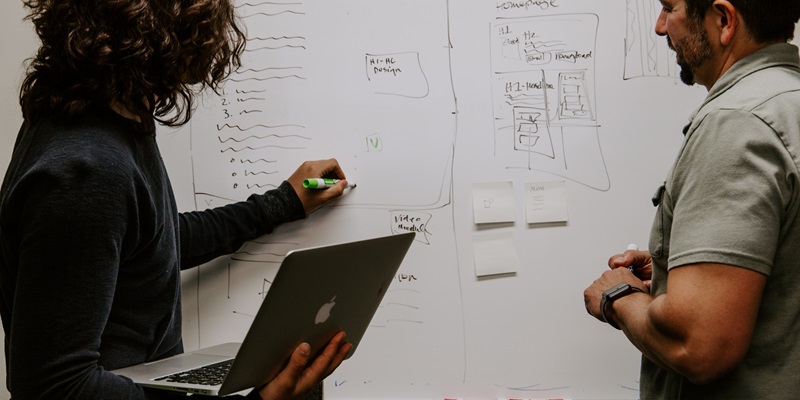Researchers from Stanford University and Meta’s Facebook AI Research (FAIR) lab have made a groundbreaking discovery in the field of artificial intelligence. They have successfully developed a state-of-the-art AI system that is capable of generating natural, synchronized motions between virtual humans and objects. This breakthrough system, known as CHOIS (Controllable Human-Object Interaction Synthesis), combines innovative techniques in conditional diffusion modeling to create seamless and precise interactions based solely on text descriptions.
The CHOIS system represents a major advancement in the field of AI, particularly in the area of human-object interactions. This cutting-edge technology utilizes a conditional diffusion model, which is a type of generative model that has the capability to simulate detailed sequences of motion. By leveraging this powerful model, CHOIS can generate a series of motions that accurately depict the desired task, such as “lifting the table above your head, walking, and putting the table down.”
What sets CHOIS apart from other AI systems is its advanced integration of language understanding with physical simulation. The system successfully bridges the gap between language descriptions and physical actions, allowing for a more human-like representation of interactions. It takes into account various factors, such as the initial positions of the human and the object, as well as the language description of the intended task. Using this information, CHOIS generates a sequence of motions that culminate in completing the task in a realistic manner.
One of the key challenges in generating natural motions between virtual humans and objects is accurately representing contact points. CHOIS overcomes this challenge by ensuring that contact points, such as hands touching an object, are accurately depicted in the generated motions. Additionally, the system ensures that the motion of the object is consistent with the forces exerted by the human avatar, resulting in more realistic and cohesive interactions.
The implications of the CHOIS system on the field of computer graphics are profound. This breakthrough technology enables AI to interpret natural language instructions and generate realistic human-object interactions. This has the potential to significantly reduce the time and effort required for complex scene animation. With CHOIS, animators can simply provide text descriptions of desired interactions, and the AI system will generate the corresponding motions, saving them valuable time and resources.
Furthermore, in the realm of Virtual Reality (VR) environments, CHOIS can lead to more immersive and interactive experiences. Users can now command virtual characters through natural language, watching them execute tasks with lifelike precision. This seamless integration of language understanding and physical simulation in Virtual Reality applications has the potential to revolutionize user experiences, making them more intuitive and engaging.
Beyond its applications in computer graphics and virtual reality, CHOIS represents a significant advancement in the development of autonomous and context-aware systems. By bringing together language understanding and physical simulation, this breakthrough technology enables robots to better understand the real world and execute tasks described in human language. With CHOIS, robots can process natural language instructions, interpret them, and perform the specified tasks with a level of sophistication previously unattainable.
The research team behind CHOIS believes that their work is not only a step forward in generating realistic human-object interactions but also a giant leap towards creating advanced AI systems that can simulate continuous human behaviors in diverse 3D environments. By leveraging the capabilities of CHOIS, it is possible to imagine a future with more sophisticated AI systems that are capable of seamlessly interacting with humans and objects in a manner that closely mimics real-life scenarios.
In conclusion, the breakthrough AI system known as CHOIS is a groundbreaking development in the field of artificial intelligence. Through the integration of conditional diffusion modeling with language understanding, CHOIS has successfully achieved natural and synchronized motions between virtual humans and objects. This technology holds immense potential in various domains, including computer graphics and virtual reality, where it can reduce animation time and effort while creating more immersive experiences. Moreover, CHOIS contributes to the advancement of autonomous systems by enabling robots to better understand human language and execute tasks in a context-aware manner. Undoubtedly, CHOIS represents a significant step towards the future development of advanced AI systems capable of simulating continuous human behaviors in diverse 3D environments.

